Sony A900: A Closer Look at 24.6MP Resolution and Noise
by Wesley Fink on October 27, 2008 2:00 AM EST- Posted in
- Digital Camera
Sony A900 Full Frame vs. Canon 5D
The Canon 5D was the first "popular" priced full-frame DSLR introduced at the $3500 price for body only about three years ago. It is interesting that during the last couple of months Nikon and now Sony also offer $3000 or less full-frame cameras. The Canon 5D features a 12.8MP sensor, which is about half the resolution of the Sony A900 24.6MP sensor.

Again, the Canon 5D is compared to both same pixel size crops, and 0.5x crops which represent the same area of the image in each capture. The same pixel crops are 150x250 actual pixels captured from both images. The 0.5x crops are twice the number of pixels in a 212x353 capture that has been adjusted from the standard 350dpi to 248dpi so the crop you are viewing is approximately the same size as the crop from the 12.8MP camera.
It is very interesting that the Canon 5D internal processing is just as sharp at ISO 100-400 as the Sony A900. Beginning at ISO 800, however, you can clearly see that noise is being minimized by increasingly softening the image. By ISO 3200 the difference between noise-reduction approaches of the Sony and Canon are very obvious. The A900 output is sharper and much higher resolution. It also extends to ISO 6400 where the three year old Canon 5D stops at ISO 3200. However, in fairness the noise or grain on the A900 is so obtrusive at ISO 6400 that it hardly matters, except for small prints.
It should be clear by now that the A900 shows three distinct noise ranges in these tests. At ISO 100-400 nothing comes close to the combination of the incredible detail combined with low noise. ISO 800-1600 output is also excellent, though noise is certainly starting to impact the captured image. We would not hesitate to shoot anything up to ISO 1600. However, at ISO 3200 and 6400 noise has become a problem. Those settings are good for capturing something when you have no choice as the resolution detail is still pretty amazing, but noise is degrading the image to the point where images are only useful for smaller prints.
The announced (but not yet shipping) Canon 5D Mark II will be a very interesting camera to compare to the Sony A900 when it finally starts shipping in late November. A more detailed comparison of the Sony A900, Canon 5D Mark II, and Nikon D700/D3 is planned when the Canon full-frame update is available.


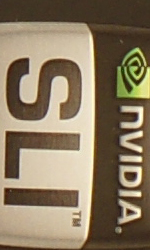
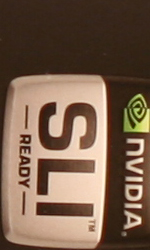
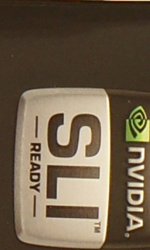


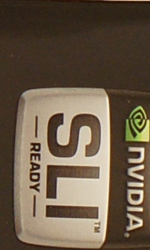
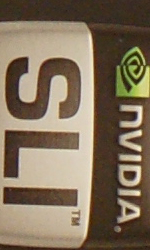
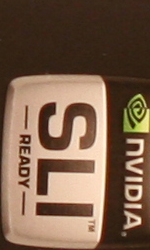
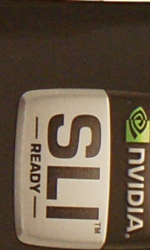

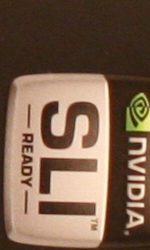
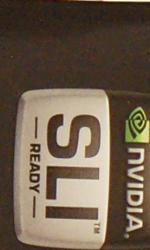
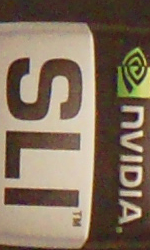
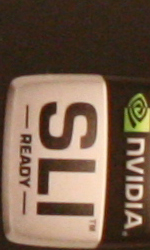

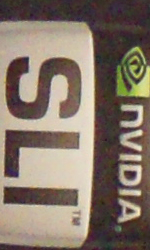
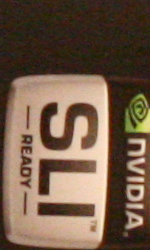
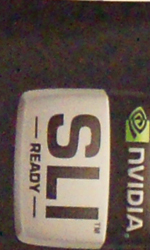
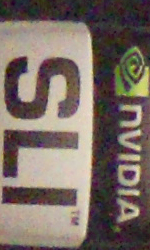
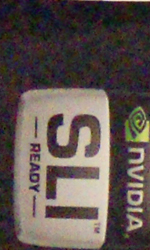








45 Comments
View All Comments
CEO Ballmer - Monday, October 27, 2008 - link
These things are very nice, but the ZuneCam will prove they are waaaaay over-priced!http://fakesteveballmer.blogspot.com">http://fakesteveballmer.blogspot.com
strikeback03 - Monday, October 27, 2008 - link
I'm guessing default settings in JPEG. Which is a valid baseline, but given different manufacturers different philosophies on JPEG processing, makes commenting on apparent sharpness of the image somewhat difficult. Also, was any form of dynamic range expansion turned on? I'm surprised at how much color noise is already appearing in the A900 shots at ISO 400, wonder if it is a result of boosting some shadows?As you guys are buying your test bodies, I can understand not having a 1DIII, but making statements such as "At Lower ISOs, 100-400, nothing on the market comes close to the Sony." seems a bit odd without at least trying it against a body with 86% of the pixel count. And obviously if those in the market have the means to get a medium-format back and associated gear, you are far beyond the capabilities of the A900.
Wesley Fink - Monday, October 27, 2008 - link
Yes, default settings were used in all parameters, including dynamic range expansion. We tried to be careful to say compared to others in its class, which is obviously full-frame 35mm-size sensors. We have not compared any of the full-frame cameras to medium forma or anything like the new Leica medium format that uses the Kodak sensor, nor do we plan to.As for comparisons to the 1Ds Mark III, the comments were based on conversations we had with Pros who have shot both the Sony A900 and the Canon 1Ds III. We also looked at images shared with us by a couple of them. We would be more comfortable with our own hands-on with the $8000 1Ds III but that will be a moot point once we have the 5D Mark II. Canon claims the 5D II sensor, with the same resolution, is superior to the 1Ds III so we will soon get our first hand look.
melgross - Monday, October 27, 2008 - link
Some odd conclusions both here and DPR.One thing that stands out here though, is the strange notion that with all the noise, the higher resolution is of any use.
I don't know of anyone who wouldn't control noise with noise reduction once it reaches the levels of the a900 at ISO 800. Even 400 isn't great, just ok.
Once that is done, the higher resolution will be no better than anywhere else. The more noise, the more noise reduction, the less detail.
It would have been more interesting if noise reduction was applied to see the effects of bringing it in line with the other cameras. Where would the detail have gone?
In addition, if noise is so high at higher ISO's, as it is, making smaller prints so as to not see it, would also mean making smaller prints than would allow you to see the higher resolution as well. No gain, no pain.
I also find it interesting that field reports about this camera from both DPR and the Luminous Landscape have agreed that real-world pictures show less detail that the Canon 1Ds mkIII. The high detail is smeared because of the non removable noise reduction done before the A/D converter (as opposed to the noise reduction that can be turned off after the A/D converter.
The subject used for the comparisons is also pretty bad. I'm sure something more suitable that that could be found.
JarredWalton - Monday, October 27, 2008 - link
I shoot plenty of objects at ISO 100-400, sometimes using a tripod. In such cases, the differences between 12MP and 26MP will definitely be apparent. That said, I don't do print work and will just end up cropping and resizing down to a manageable resolution. Still, for details of a motherboard as an example, that increased resolution could be very handy.As for the subject matter of the ISO comparisons, I'm of the opinion that as long as it's static (i.e. the same in each review) it serves its purpose. We've all seen the various chart photographs (which are widely available elsewhere), but I suppose Wes can reproduce those if necessary. I just don't see how it makes much of a difference one way or the other; the sample images at the end do a good job of showing other possibilities with the camera, and personally I think some of the images look very nice indeed. Just stay away from ISO 800 or higher if possible.
strikeback03 - Monday, October 27, 2008 - link
My complaint with the ISO image subject is a lack of anything to help differentiate between good NR software and a low-noise sensor. With a test image composed almost entirely of smooth single-color areas, good NR software could make those pretty smooth while maintaining the borders between colors. A subject with more detail makes it harder to just blur noise away without seeing the results in detail captured.haplo602 - Monday, October 27, 2008 - link
and on a color checker chart you can evaluate sensor performance in high ISO for colo/saturation drifts ... this cannot be seen on the current simple 3 color test target ...LTG - Monday, October 27, 2008 - link
This review kept reminding me of the DPReview.com review of the same camera.It's definitely different works, but the emphasized points are very similar like choosing to commend sony for lack of gadgetry.
I guess that fine we all build thoughts from some starting point - but I'll eat my left shoe if the author didn't read the dpreview article before writing this.
yyrkoon - Monday, October 27, 2008 - link
You know, you could have just as easily not left a comment at all.No one really cares what your thoughts are on web plagiarism . . .
Wesley Fink - Monday, October 27, 2008 - link
Plese read my Sony A900 Preview where I praise the same points long before dpreview published their review of the Sony A900. We all read other reviews but I have no problem reaching my own conclusions.